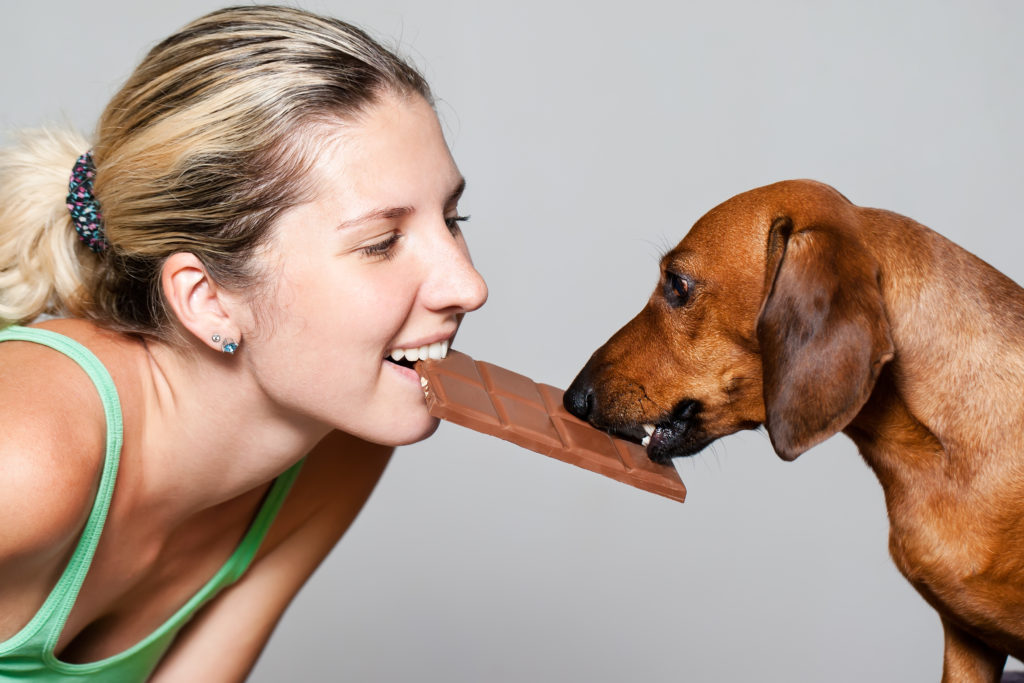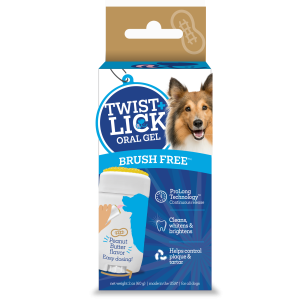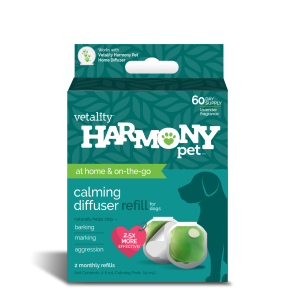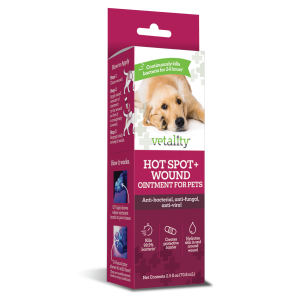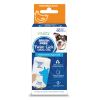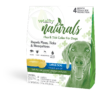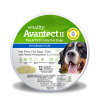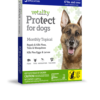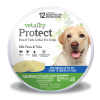Subtotal: $12.99
Vetality
Dogs and extra holiday chocolate
You might not be shocked to read this, but a lot of chocolate is sold and eaten in February each year. In fact according to Nielsen more than 58 million pounds of the sweet stuff will be purchased in February. That’s still less than Halloween, which boasts numbers around 90 million pounds, but it’s the second biggest candy pushing holiday in the U.S.
With all that chocolate being bought and consumed chances are you still have some left over in your house. A stray truffle, missing milk duds, loose Lindors, chocolate is easy to misplace or leave out, which is why dog owners should be particularly vigilant in the weeks surrounding Valentine’s Day!
Chocolate and your Dog
Your dog, like every other dog on the planet, loves to eat and if something smells tasty, they are there! It’s a well-known fact that chocolate is a no go for dogs, and if you weren’t aware before then you are now! What many people don’t know is why exactly one of the most delicious foods on earth is so bad for their pooch.
The component of chocolate that is so bad for dogs is Theobromine, an alkaloid component of chocolate that is in the same group as caffeine. The chemical is toxic when ingested in high enough doses, humans could even be affected if they ate astronomical amounts of chocolate, levels that would put Agustus Gloop to shame. Humans are lucky because we metabolize Theobromine quickly, so the toxic stuff isn’t in our system for very long, so feel free to chow down on that heart-shaped box.
Dogs are not so lucky, their system is not able to process the Theobromine as quickly, which means that a small amount of chocolate is potentially fatal to them depending on body weight. The toxic alkaloid has a half life of 17.5 hours inside of dogs but in some cases the symptoms have lasted for 72 hours!
Some of the first symptoms of Theobromine poisoning are vomiting and diarrhea, as well as increased urination. Those are important to remember if you think your dog ate some chocolate but you aren’t sure. In severe cases seizures, internal bleeding and heart attacks can occur, which can be fatal to your dog.
What to do if your dog ate chocolate
So let’s say you get home and see that Fido tore into your box of assorted chocolates, what steps should you take?
Probably most important is to not panic, easier said than done of course but you need to observe the scene and panicking can get in the way of that.
First things first is to determine what kind of chocolate it was and how much your dog ate. Different types of chocolate have different Theobromine levels. Dark chocolate and baking cocoa have some of the highest while milk chocolate has far less. White chocolate has nearly no Theobromine since it isn’t actually chocolate, though you probably shouldn’t give it to your dog as a treat.
Generally speaking the larger your dog the higher its Theobromine tolerance is so if your St. Bernard finds a crumb of a chocolate cake, don’t worry. If you think your dog has ingested a medically relevant amount of chocolate for its size then you should contact your vet immediately. Your vet will likely recommend you either monitor the dog to see if its condition worsens or tell you to bring the dog in. A common practice for the vet is to induce vomiting and administer activated charcoal, similar to when humans ingest poison.
If it is too late at night to get in contact with your vet there are a number of pet poison hotlines that you can contact. It’s important to give them as much information as you can so they can assist you as best they can. It is also good practice to get your dog somewhere where it can be comfortable and where you can easily clean up any waste caused by the symptoms.
A check up as soon as possible after a chocolate scare is always a good idea, your dog may seem fine but a vet opinion is never a bad thing.
An Ounce of Prevention is sweeter than an ounce of chocolate!
Naturally the best steps to take are preventative ones. Make sure that your dog doesn’t have the chance to eat your sweets and you’ll save yourself the worry. Putting away candies, clean up after baking and teaching your dog not to stick their nose in places where you keep chocolates are all easy steps.
Also important to note is that chocolate is also toxic to cats, they are simply less likely to eat it because they cannot taste sweet things.

 Vetality Brush Free Oral Gel for Cats
Vetality Brush Free Oral Gel for Cats 